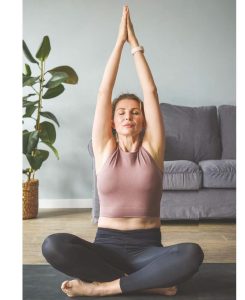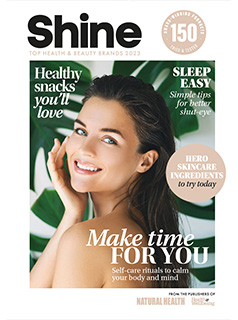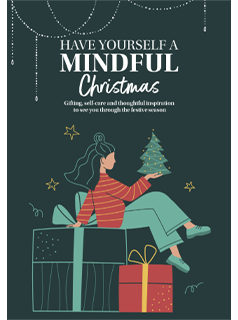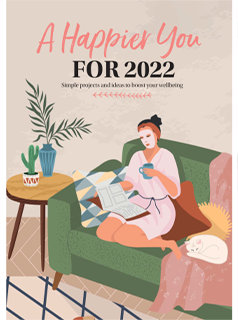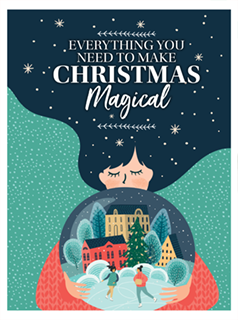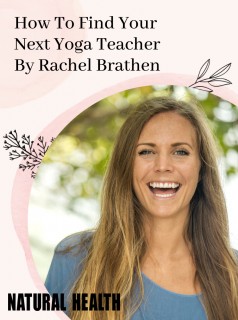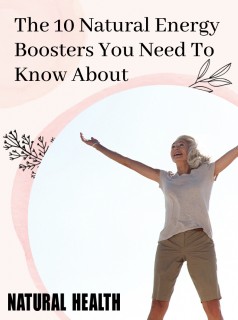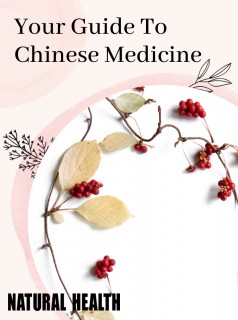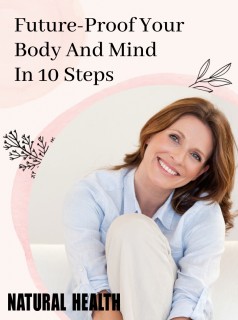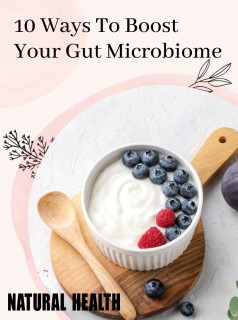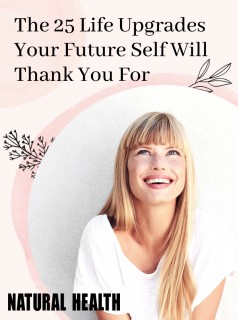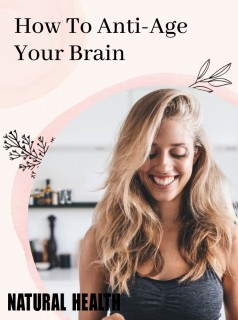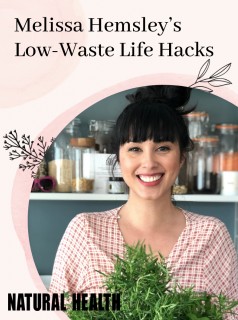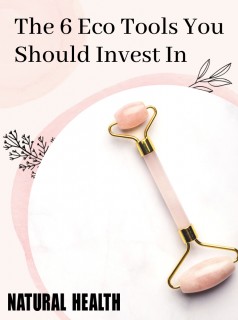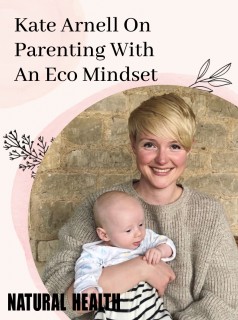Stay well and looking your very best as the temperature drops, says Jayney Goddard
A very warm and toasty welcome to the final part of my three-part series on getting yourself fully prepped. This will help you to sail effortlessly through the winter months, happy, healthy and, best of all, optimally resistant to opportunistic infections including colds and flu.
Wintertime is extremely challenging for us in all respects – physically and emotionally. The cold and the dark nights can get tedious, depressing even, unless we take steps to reframe our attitude to, and our thoughts and feelings about, this time of year. Let’s not forget also that seasonal affective disorder (SAD), the depression that sets in for some of us over the cold dark winter months, is very real and can be incredibly debilitating.
Combating sad
I strongly advise getting out and walking as much as you can – if it is at all possible, try not to wear glasses or contact lenses so that muchneeded sun, no matter how weak it is, actually gets to your retina. This helps to combat SAD by exposing you to daylight – which has higher levels of the blue light spectrum and helps to elevate mood – sustainably. To illustrate the importance of getting outside – even on a cloudy day – indoor lighting provides us with around 25-50 LUX (briefly, this is the scale by which light is measured) whereas even being outside on a cloudy day will provide you with exposure to 8000-10000 LUX and more. This resets our body clocks, stabilising hormone production, including melatonin (which helps us to sleep properly).
Walking is one of the best ways of staving off depression. Take a mindful walk in nature – leave your phone at home and drink in your surroundings, taking mental note of the quality of the light, sounds, colours, temperature of the air against your skin and more. All this connects us to ourselves and nature. Any time spent in nature is profoundly healing and has been proven to reduce inflammation, but in the winter months we don’t venture out as often – and of course the days are shorter – so sometimes getting adequate light is a challenge. If you can stand it, roll up your sleeves and expose your arms (and absolutely any other part of your body – within the realms of decency and decorum, obviously!) as this will help to raise your vitamin D levels, which become dangerously low in winter for most of us. It is possible to buy anti-SAD blue or white spectrum lights which are very effective – do look into this if SAD is a problem for you.
Caring for skin
When you shower, stick to warm or lukewarm water for just five minutes or less. Although it feels so good on a cold winter’s day, long exposure to hot water strips moisture from both your hair and skin and dries them out really fast.
Try some home remedies to combat dry skin; avocado and bananas make great moisturising face treatments. Also add wholegrains to meals, including quinoa and brown rice. And use onions and garlic as often as possible; these aromatic veggies contain selenium, which promotes skin elasticity.
Your skin outdoors
If you tend to get chapped skin from cold exposure, try an emollient cream and protective lip balm. Consider using bath oils for an allover winter beauty treatment. Make your own with any plant oil you like (almond, coconut and jojoba are all good) and add just a few drops of a soothing essential oil – I love lavender before bed for its divine smell and proven relaxation-inducing properties. Top tip: rinse your bath out really well so as to get rid of any oily residue as disaster could strike when you next get in – those oils are super slippery!
Vital nutrients
Vitamin C-rich produce, including citrus fruit and dark, leafy greens can help boost your body’s production of collagen, a protein that maintains skin and other connective tissues. However, vitamin C is absolutely essential for every aspect of health – and in winter we tend not to eat as much fruit, for example. Get as many fruits and veggies into your diet as you possibly can – aside from the vitamin C content, the vast array of phytochemicals that they contain are potent immune enhancers.
The natural approach to looking even more attractive the scientifically proven way – add beta carotene-rich orange and red produce to your diet. These very subtly give you a healthy, tanned look after just two weeks of eating. Research shows that people who’d done just this for two weeks were considered to be ‘more attractive’ than they were at the beginning of the trial.
Beat a red nose
When you are outside in the cold, your blood vessels reduce circulation to your nose. Then, when you come indoors, those blood vessels dilate very quickly, and this causes a rush of blood to the area – which makes your nose bright red. The solution is to apply a warm – but not hot – compress to your skin for several minutes after coming inside, and the redness will subside quickly.
Dry winter hair
Everyone’s hair is different, as is the frequency with which we wash our hair. During winter, however, consider washing your hair less often. Your mane is more vulnerable when it’s cold and windy, so avoid blow-drying or brushing it when it’s wet because it is at its most delicate when it’s soaking. I like to use a leave-in natural conditioner, as it protects against static while leaving my hair in top condition.
Dealing with static
In winter, your scalp produces fewer oils, and this increases static electricity. Always use a conditioner, and comb a little vitamin E through your hair before bed. If your hair goes completely crazy with static electricity and sticks up alarmingly, a quick fix is to rub a dryer sheet lightly over it. Voila – nicely behaved hair! Jayney has created a series of exclusive free downloads on a variety of health topics – and some wonderfully effective relaxation and sleep meditation just for Natural Health magazine readers. Find these at jayneygoddard.org
Article by
Jayney Goddard
President of the Complementary Medical Association
is the president of the Complementary Medical Association
Discover more
Article by
Jayney Goddard
President of the Complementary Medical Association
is the president of the Complementary Medical Association
Discover more


 By Jayney Goddard
By Jayney Goddard 
